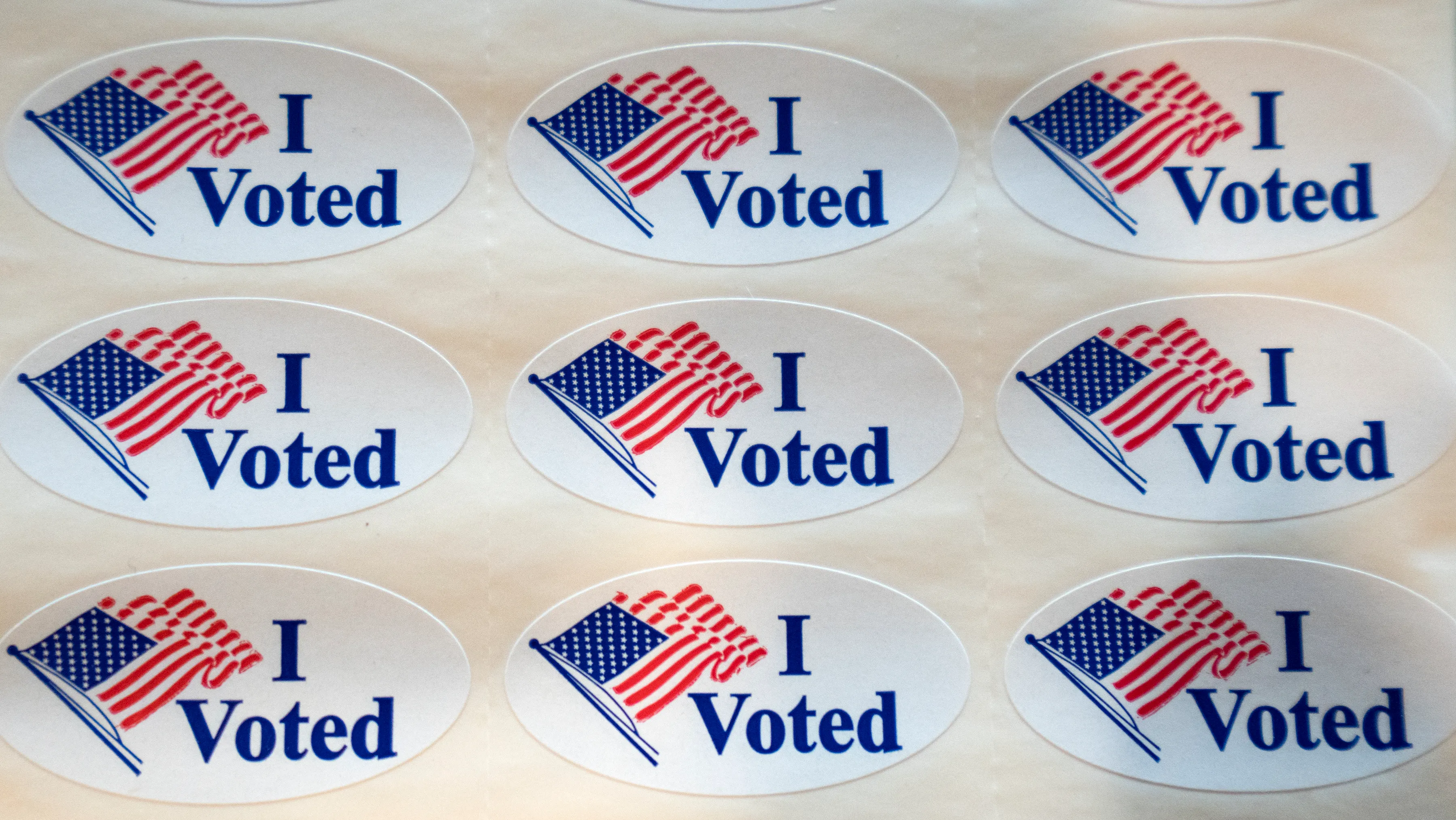Republicans maintain Indiana’s Senate seats. Photo courtesy of Indy Star.
LILY O’CONNOR | NEWS CO-EDITOR | lkoconnor@butler.edu
MAIRIN MCCARTHY | STAFF REPORTER | mkmccarthy@butler.edu
The following reporting has been verified at the time of Issue 9 publication as of 1:30 a.m. EST on Nov. 6. The Collegian will continue to report on ongoing election updates.
The U.S. State Senate and House elections occurred on Tuesday, Nov. 5. Jim Banks (R) won the class 1 Senate Seat for Indiana. Republicans have maintained the majority of seats for the U.S. House of Representatives of the nine districts in Indiana.
Senate
On Election Day, Banks was elected to fill the class 1 Senate seat for Indiana that was formerly held by Mike Braun (R); Braun will step down to serve as the governor of Indiana. The other senator for Indiana is Todd Young (R), whose term is not up until 2029. Banks ran against Valerie McCray (D) and Andy Horning (I).
Banks currently serves on the House of Representatives for Indiana’s 3rd congressional district and has held this position since 2017. Banks served in the Indiana State Senate from 2010-2016 as a member of the Republican party.
McCray is a licensed psychologist with 25 years of experience as a mental health physician. McCray is the first ever Black woman on the ballot for the U.S. Senate as a member of the Democratic Party.
Horning is an author and activist who previously ran for the U.S. House of Representatives election in 2022. Horning represents the Libertarian Party as the only party candidate running for Senator of Indiana.
This year, 34 out of 100 U.S. Senate seats were up for election. Prior to the election, Democrats held 19, Republicans held 11 and Independents held four seats. The outcome of this election will affect the partisan balance of the Senate where the majority is currently narrowly held by Democrats 51 to 49.
Braun is one of eight senators not seeking re-election, the highest number of senators retiring or running for other positions in the U.S. since 2012.
House of Representatives
Three district races stood out as competitive battlegrounds: Frank Mrvan (D), Randell Niemeyer (R) and Libertarian Dakotah Miskus in the 1st district; Derrick Holder (D) and Jim Baird (R) in the 4th district; and André Carson (D), John Schmitz (R) and Libertarian Rusty Johnson in the 7th district.
Former township trustee Mrvan was re-elected as the representative for Indiana’s 1st district. He ran against business owner Niemeyer and customer service professional Miskus. Mrvan was first elected in 2020. Democrats have won every election in this district since 1930, but redistricting in October 2021 determined that district voters have shifted to favor Republican candidates.
Congressman Baird was re-elected as the representative for Indiana’s 4th district. He ran against former marine and paralegal Holder.
Congressman Carson was also re-elected as the representative for Indiana’s 7th district. He ran against business owner Schmitz and U.S. Army veteran Johnson. Carson first took office in 2009, while Baird first took office in 2019.
Junior political science major Brady Stinson serves as a congressional intern for Carson’s campaign. Stinson has had real-life experience gaining insight into the political process for Indiana.
“I’ve been working with [André] Carson’s campaign for about eight months,” Stinson said. “[My experience has been] going to [rallies and events] for individuals that are running [in the election], canvassing for [Indiana candidates] and interacting with and understanding [different races] going on [around the country].”
Dylan Noble, a junior political science major and president of Butler University College Democrats, predicted that many of the districts would stay Republican due to redistricting across the state.
“The seats are so gerrymandered, it is certain to be a Democrat in Indianapolis [and] it is certain to be a Republican out in some of the more rural areas,” Noble said. “There isn’t that much of a debate going on.”
Lecturer of political science Ryan Daugherty emphasized that a shift in demographics, redistricting and party composition are key factors that make districts competitive.
“There is a shift that is starting to occur,” Daugherty said. “In the suburban areas of [Indianapolis] that were solidly conservative [to more liberal]. [This is due to] changes in growth and diversity [in these] suburban areas.”



